Tag: Balance
-
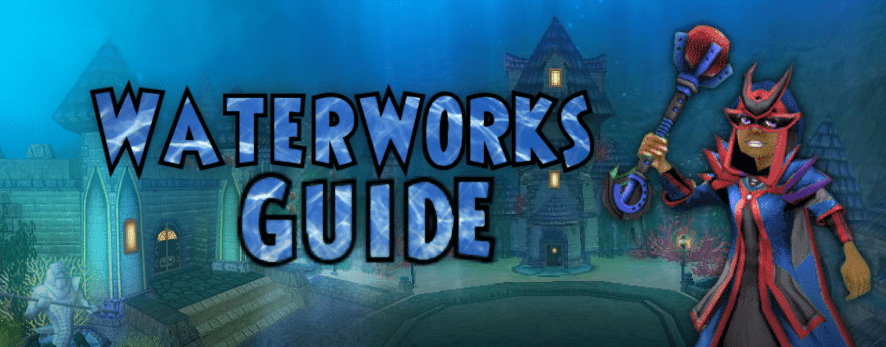
Waterworks Guide
•
Most of us have done this dungeon, whether you were farming for mastery amulets, mega snacks, or your level 60 Legendary gear, Waterworks is your friend for all of that. In this article, I will explain how to beat Waterworks, what you’ll encounter, and what to expect. Without further ado, let’s get…
-
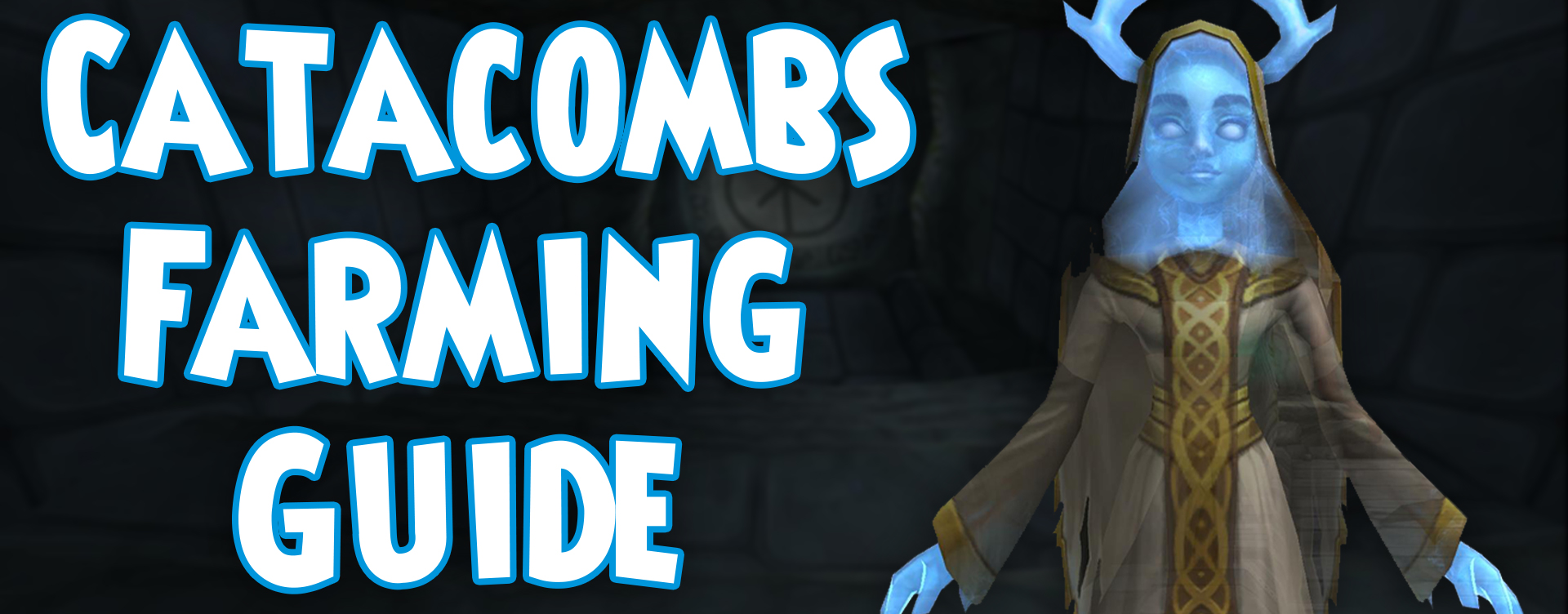
Catacombs Farming Guide
•
Welcome! Hello everyone! Discord community member Hannah here, or Emmaline GhostSong as you may know me in-game. Chances are, you’ve heard that Dragoon Gear is the over-all best for any max-level Wizard. But what is it, and how do you get it? If you have these questions, this is the…
-
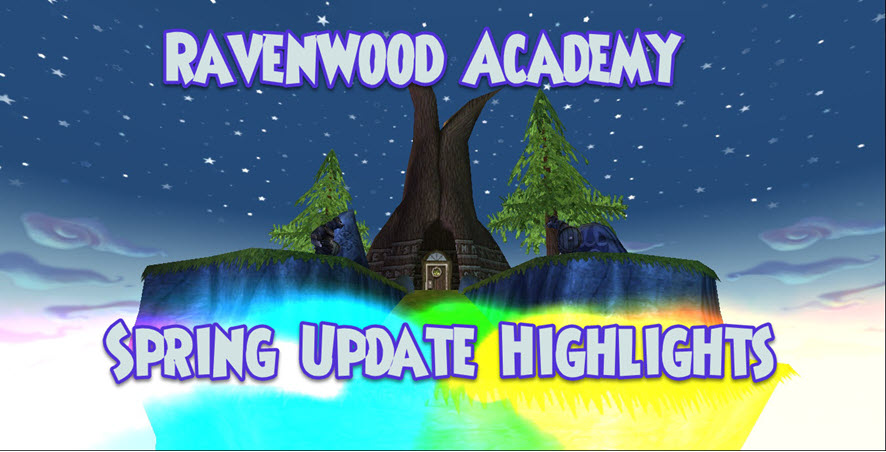
Spring Update Highlights
•
Greetings, Wizards of the Spiral. As we prepare for the Summer here at Ravenwood Academy, we’d like to highlight some of our favorite changes from the Spring 2021 Test Realm. Without further delay, let’s begin! New Skeleton Key Bosses Two new Skeleton key bosses have arrived in Grizzleheim and Karamelle.…
-
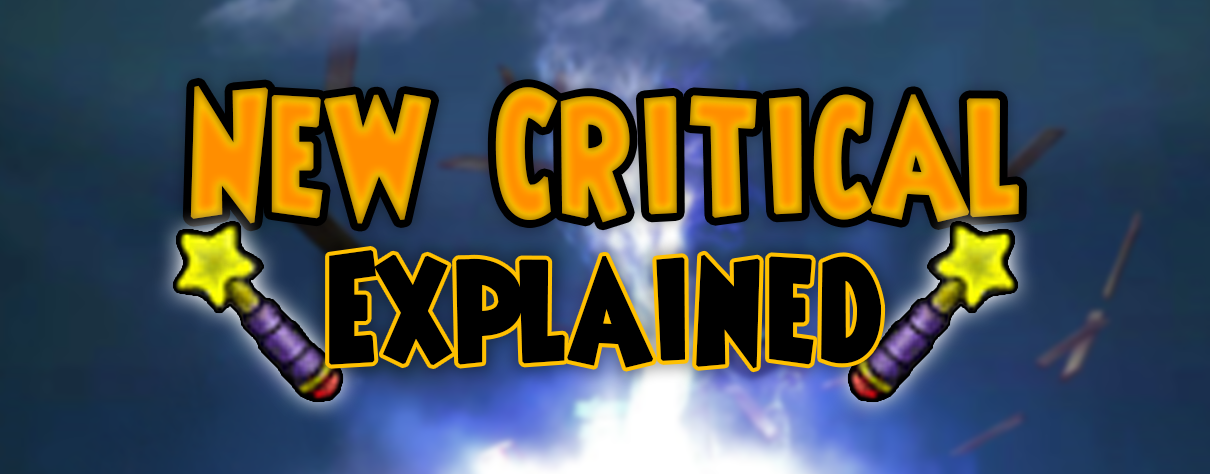
Critical Changes Explained
•
The New Critcal System Explained Hello Wizards, Nathan Shadowbringer, and Scot Moonshade here! We’re going to explain the recent changes to Critical and Block. Today’s article will revisit the previous age’s Critical and delve into the new system. We will examine the formulas to calculate your Critical Chance and damage…
-
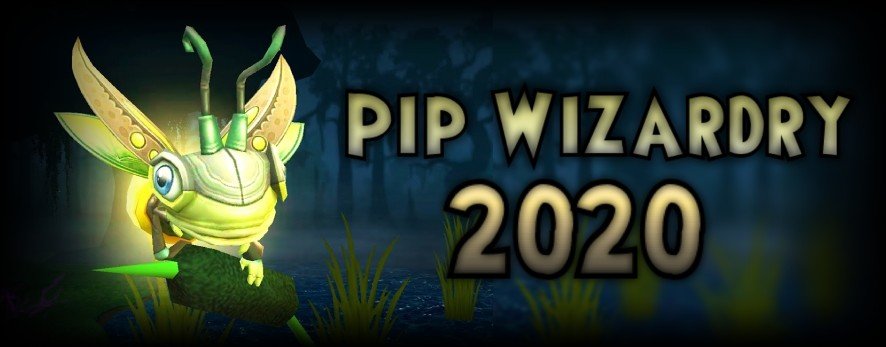
Pip Wizardry 2020
•
Pip Wizardry 2020! Hello Wizards, this is Nathan Shadowbringer here to help you calculate the actual damage of spells per pip! This article will be updated if spell changes happen down the line. Eventually, I plan for this list to include even Loremaster and crafted spells. We will start with the highest…
-
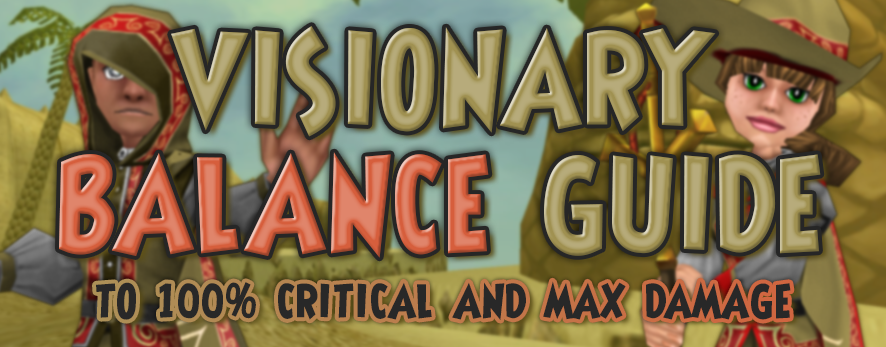
Balance 100% Critical Guide
•
Ah the school of Balance! Arguably one of the hardest schools to beat in PVP. In addition, they can also achieve max critical and high damage. With this setup you can get around 130% damage and 839 critical. Benefits of the Balance School The Balance school is really amazing. They’re one…
-
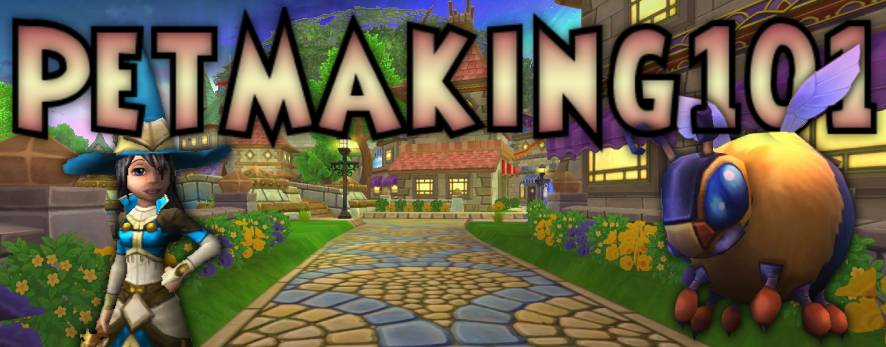
Petmaking 101
•
Where to Start The first step of the hatching process is to determine what your end goal is. If you don’t have specific talents in mind, it will be hard to know when you have finally trained your dream pet. If this is your first pet, I recommend going for…
-
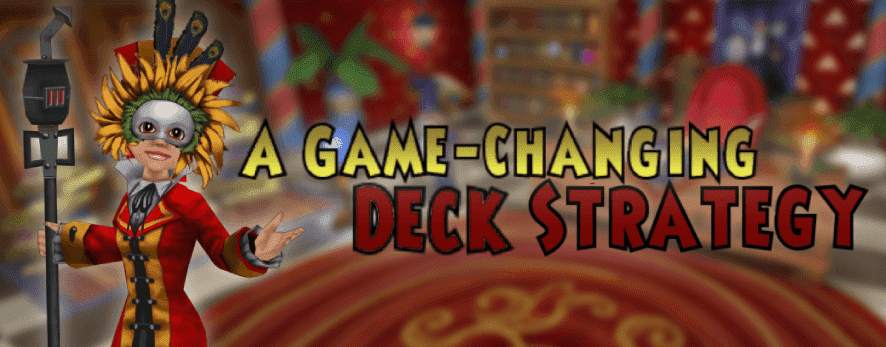
A Game Changing Deck Strategy
•
Have you been spending your training points on a secondary school thinking it’s the best option to help on your questing journey? Well, I have a little game changer for you! Personally, this helped me so much in my journey through the spiral. I am a life wizard and everyone…
-
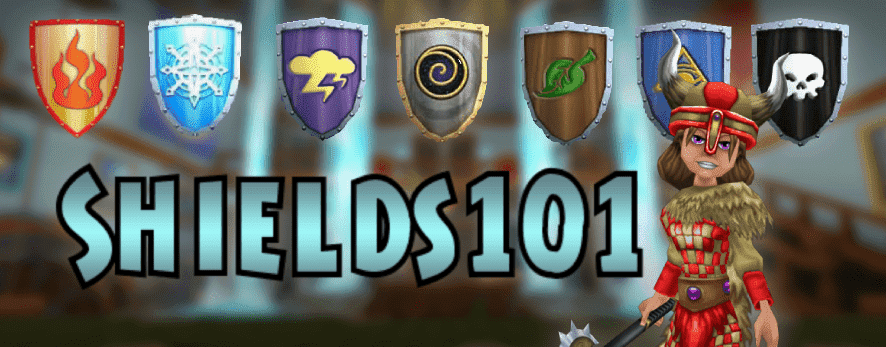
Shields101
•
Shields are a type of ward and are the exact opposite of traps. While traps add damage to a spell, shields detract damage. Charms and blades trigger first, and wards go second. So any shielding you do will affect the spell with the charm buffs. There are three different types of…
